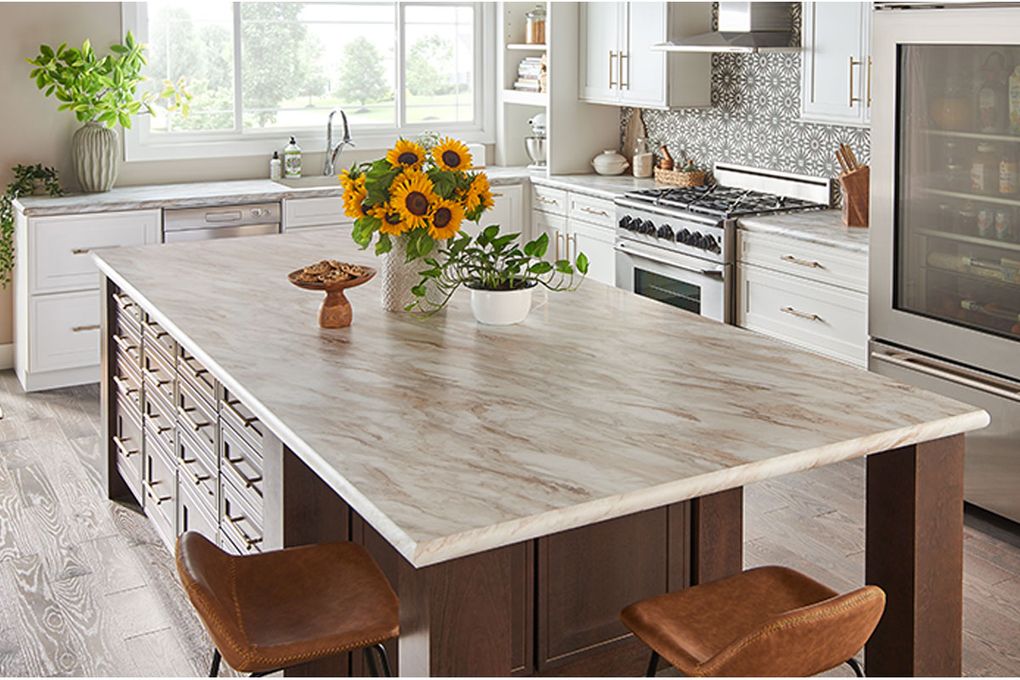Lease Purchase Agreement – Should a Traditional Landlord Consider Using This Approach?
The way things are done in the real estate sector has changed dramatically in the recent past, with the emergence of new strategies and transaction systems – an example of which is the lease purchase agreement.
The lease purchase agreement strategy finds the most appeal among people who would be interested in buying a house, but who either don’t qualify for a traditional mortgage or who simply don’t want to go for such a mortgage even when they qualify for one. So in a lease purchase agreement, which is a something of cross between the traditional lease agreement and a house purchase, the tenant in the house gets into an agreement with the house-owner to have them (the tenant) live in the house for a number of years (while of course paying their rent), and upon the expiry of this pre-agreed period of tenancy – which is the lease – to gain the exclusive rights to purchase the house. The house-owner, who is the landlord in this arrangement meanwhile puts some of the money they receive as rent towards the repayment of the mortgage they might have taken to build (or buy) the house, and it is the fact that they have contributed towards the repayment of the house’s mortgage, which gives the tenant the exclusive right to purchase the house upon the expiry of the lease.
Now the traditional landlord tends to be a person who simply puts up structures, gets tenants into them and collects rental income from them periodically, typically with a considerable portion of the rental income they collect going towards paying for the house financing (for instance a mortgage), and typically also leaving a reasonable profit margin for themselves to pocket after having paid for their periodical obligations on the financing that went into building (or buying) the house as may be the case.
Different traditional landlords tend to have different approaches on what to do with the house once they have cleared paying the financing that went into building or buying the house, which is essentially their break even point. Depending on what the figures suggest, some might decide a better strategy might be to continue collecting rental income on it (with any portion of rent above the house’s maintenance cost essentially being their profit), with others deciding that a better strategy for them would be to sell the house, with the whole amount from the sale essentially being their profit, as they would have cleared making payments for the financing that went into building or buying the house.
Naturally, the later type of traditional landlord, the one who prefers to sell the houses once they have recouped their initial investment will tend to find the lease purchase agreement a more attractive option (as it, at the very least, gives them immediate access to a practically assured buyer when it comes to selling the house). Meanwhile, the former type of traditional landlord, the one who prefers to continue collecting rental income from the house after having fully paid for the financing that went into building the house (rather than sell the house at this stage) might find the idea of getting into a lease purchase agreement incompatible with their basic strategy.




:max_bytes(150000):strip_icc()/GettyImages-559025517-2000-b3bece30a9074ec3958a4d39f69f2a79.jpg)


